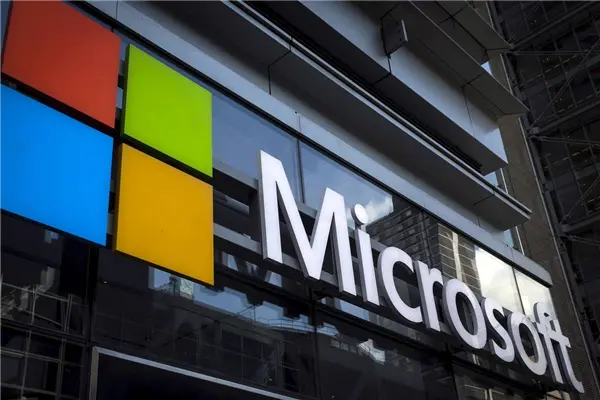MicrosoftCorp.’s $26.2 billion planned acquisition ofLinkedInCorp.shines light on a lesser-known Microsoft product line called Dynamics.
The deal highlights Microsoft’s weakness in the markets that Dynamics addresses and shows its challenges in achieving growth that Microsoft CEOSatya Nadellatouted as a justification for the acquisition.
Mr. Nadellaon Mondaymade the case to investors that acquiring LinkedIn would boost Dynamics, which is designed to facilitate a variety of essential corporate functions, by tying it to LinkedIn’s social network of 434 million professionals.
“Being able to take what LinkedIn has done with the recruiter and talent management solutions, and looking at what are the natural ways to expand into Dynamics, is going to be the next set of things that we will do,”Mr. Nadella said.
While Mr. Nadella also emphasized LinkedIn’s potential to enhance its Office suite of business productivity tools, prospects for growing Dynamics may be more critical to the company’s future. Microsoft dominates the $47.1 billion markets that include productivity and collaboration tools, commanding a 43% share, according to the market watcher International Data Corp.
But Microsoft owns a much smaller share of the two major market categories addressed by Dynamics, leaving more room to grow. Microsoft commands 5% of the $26.6 billion market for tools that facilitate back-office functions such as human resources and financial management, collectively known as enterprise resource planning, or ERP, according to Gartner.
It holds 4.3% of the $26.3 billion market for sales tools, known as customer relationship management, or CRM.
While Microsoft sells ERP software that customers can install and run on their own servers, lately it has focused on delivering the technology as a cloud service, an option that customers increasingly embrace. LinkedIn’s trove of resumes positions Microsoft’s ERP tools to help human resources professionals manage the growing number of temporary and contingent workers, such as drivers for Uber Technologies Inc.
However, Microsoft faces entrenched ERP competition.SAP SEleads with 23% of the market, followed byOraclewith 12%. Both those companies have moved their products to the cloud, trading so-called customer lock-in for the promise of higher growth. Lock-in occurs when customers find it difficult to migrate away from software running on site, especially software that manages back-office operations.
Meanwhile, as customers make what promises to be a long transition to the cloud, lock-in gives market leaders an advantage, saidJoshua Greenbaum,principal analyst with boutique research firm Enterprise Applications Consulting.
And SAP somewhat blunted the competitive value of LinkedIn’s social network in human resources in May 2014, when it acquired Fieldglass, which makes cloud software that helps companies procure and manage contingent labor and services.
Microsoft’s acquisition of LinkedIn is a more-immediate threat toWorkdayInc.,which has a 3% of share of the ERP market, according to research firmGartnerInc.
Workday, which started as a cloud service, is more vulnerable than Oracle or SAP not only because it is smaller, but because customers can more easily switch cloud providers than migrate from on-premises software, Mr. Greenbaum said.
“If I were [Workday co-founders]Dave DuffieldandAneel Bhusriand the gang at Workday, this would really frighten me,” Mr. Greenbaum said. But Workday disagreed. “We are not concerned, given Dynamic’s current market position,” a company spokesman said on Wednesday.
LinkedIn’s data trove and services may be more valuable for customer relationship management, where the social network’s in-depth information about employees and organizations can help salespeople discover prospects and close deals. Both Mr. Nadella and LinkedIn CEOJeff Weinerstressed the importance of LinkedIn’s Sales Navigator service.
“Now we will be able to take that business intelligence tool, Sales Navigator, deeply integrate that into Dynamics and CRM and we believe we can change the game that way,” Mr. Weiner told investors on Monday.
The Microsoft-LinkedIn deal will allow Microsoft to compete more effectively withSalesforce.com,according to a research note byDeutsche Bank.Salesforce is a pioneer in delivering applications software in the cloud and is the market leader in CRM with a 19.7% share, followed by SAP at 10.2% and Oracle at 7.8%.
(THE WALL STREET JOURNAL)
 简体中文
简体中文

